I’m very excited to be involved with The Great Science Share next week. We’ve got 90 excited children, 10 activities and British weather to contend with, what can go wrong?
The activities have been carefully thought out so they are fun, interactive and allow the children to put their investigative skills to the test.
I’ve attached instruction sheets for each in pdf format, but if you’d rather an editable version, send me an e-mail and I will happily share.
Healthy Hula Hoops
The children will sort foods into healthy and less healthy, using two hula hoops.
After the initial sorting the children will then group the foods into main food groups and consider how much of each type of food should make up a well balanced meal.
Finally the children will decide whether some foods are better for teeth than others, the children will stick the foods onto large cardboard cut outs of teeth, one happy and one sad.
Healthy Hula Hoop Instruction Sheet
Heart Rate Investigation
For this activity the children will investigate the relationship between exercise and heart rate. This is a nice simple activity which is great for helping children to understand the changes that occur in the body when we exercise as well as starting to think about correct experimental procedures.
Investigating the effect of exercise on Heart Rate Investigation
Heart Rate Data Recording Sheet
Stethoscopes and timer kindly donated by Learning Resources.
Bubbles, bubbles and more bubbles
I am super excited about this one, we found an amazing bubble mix from Dr Zigs and are going to put all the children individually inside a bubble as well as make our own bubble wands, some of these might even be 3D!
Bubbles Investigation Worksheet
Viscosity Races
The children are going to investigate how the viscosity of different liquids affects the speed they flow down a ramp, again this is a great activity for starting to think about correct experimental procedures. The children are initially going to investigate using small ramps and then test their new knowledge on a large ramp.
Which material makes the best hockey puck?
In this activity the children are going to test different materials to investigate which allow a milk bottle top ( hockey puck ) to move over an icy surface most easily, this will hopefully make a lovely introduction to friction for them.
Full details here.
Bouncing balls
For this activity the children are going to bounce different shaped and sized balls into containers. hopefully they will start to think about how the size, weight, shape and material a ball is made from change how it bounces.
As an extension task the children are going to test the balls to investigate whether they sink or float. We’re then going to try a bit of science magic to make a ball that sinks, float!
Ice cube melting race
Each child will have their own star shaped ice cube which they will race to melt within their group. The children will have access to salt, warm and cold water.
Ice Cube Melting Race Worksheet
How much sugar?
This activity helps children understand how much sugar can be found in common drinks. The children will first try to match the sugar to the drinks and then use a balance or scale to calculate how many of one drink could be consumed to equal the sugar of a different drink.
Makey Makey Piano
We’re going to create a Makey Makey piano, more about this coming soon!
Build a landing pad for a water balloon
For this activity the children will have access to junk modelling materials, bubble wrap and sellotape with the challenge to build a landing pad to protect a water balloon from breaking when it hits the ground.
Filler tasks
We’ve also got some spare tasks planned in case anything goes wrong or children finish early.
- How fast is your reaction time?
- Building a football goal with plasticine and spaghetti, this will need to be strong enough to withstand a “goal” from a bouncy ball.
- Is it easier to bounce a ball on a tennis racket or a rounders bat?
Don’t forget to follow along on the 6th July using #scienceshare.
Last Updated on March 28, 2020 by Emma Vanstone


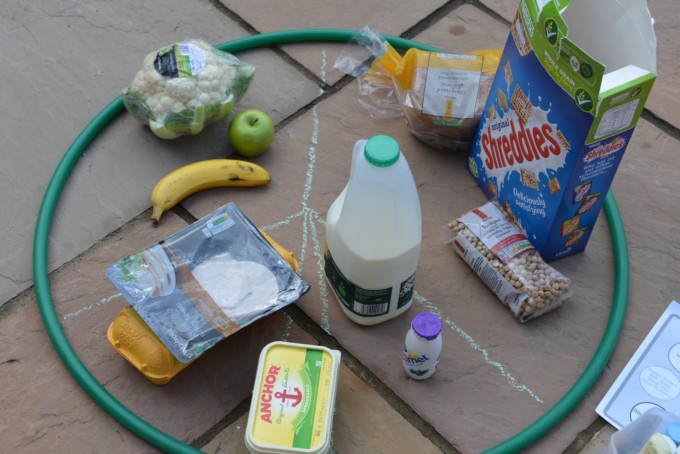
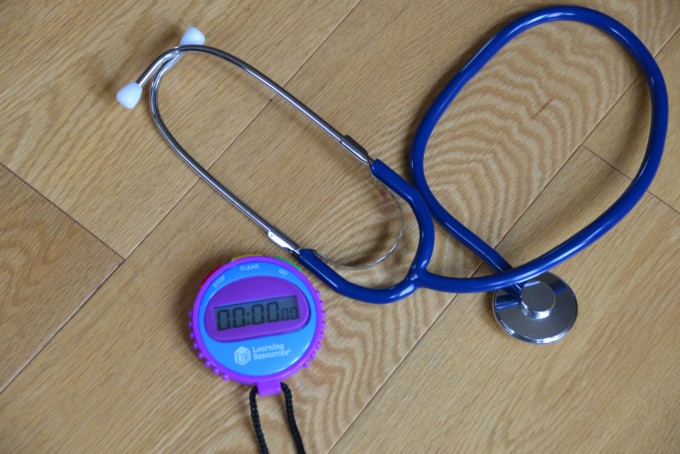
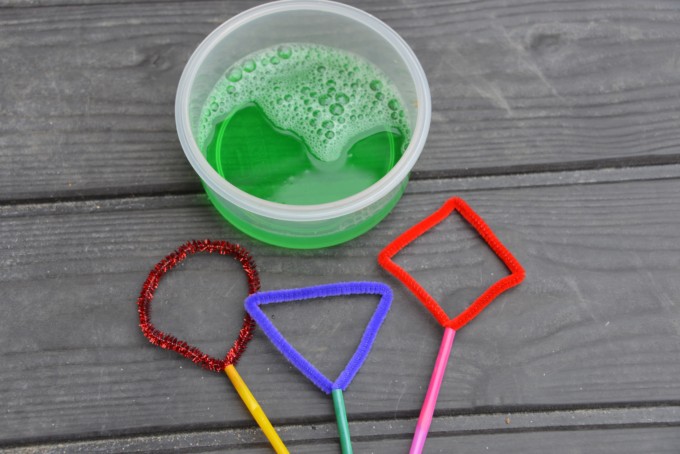

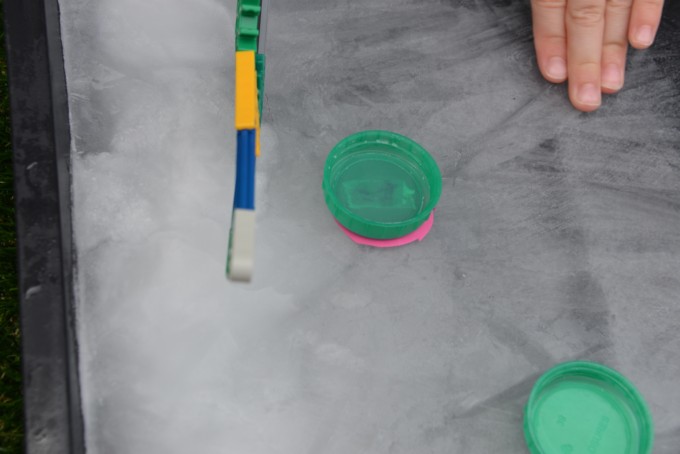
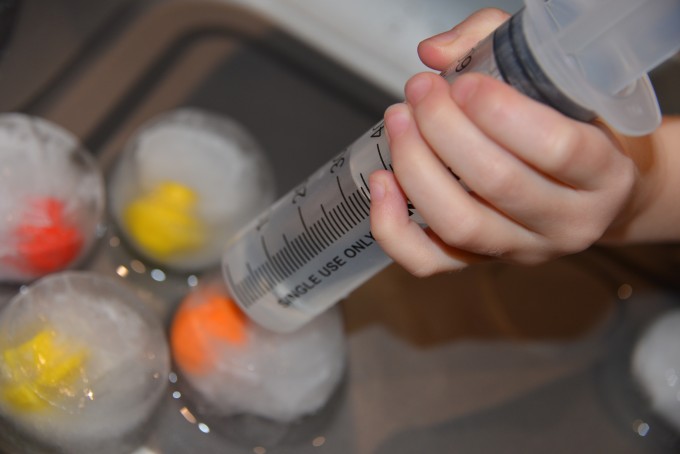
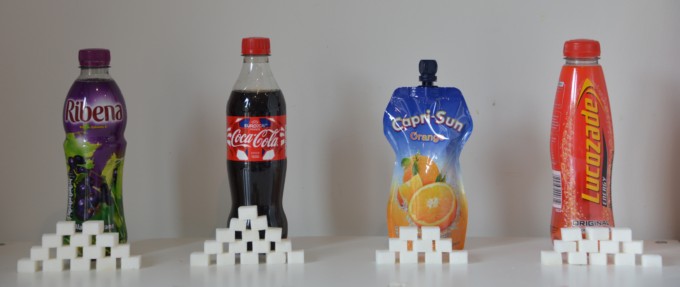
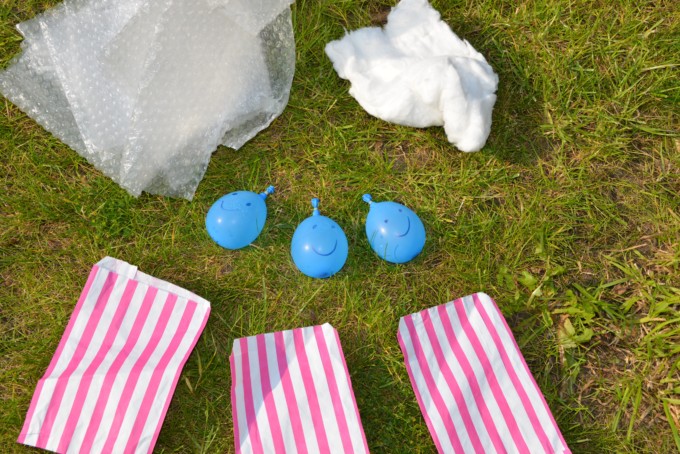
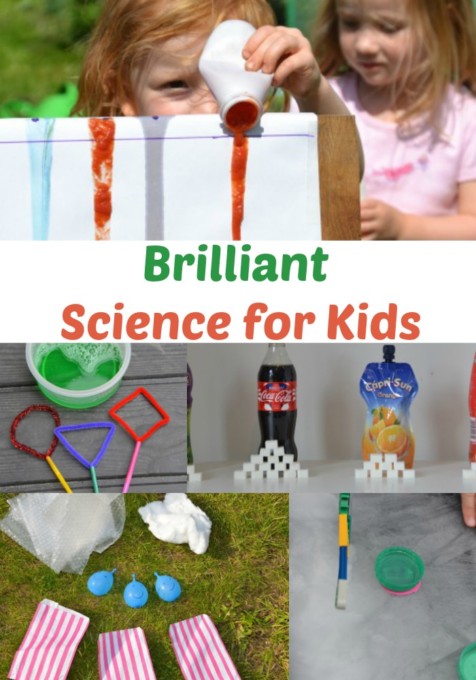
Leave a Reply